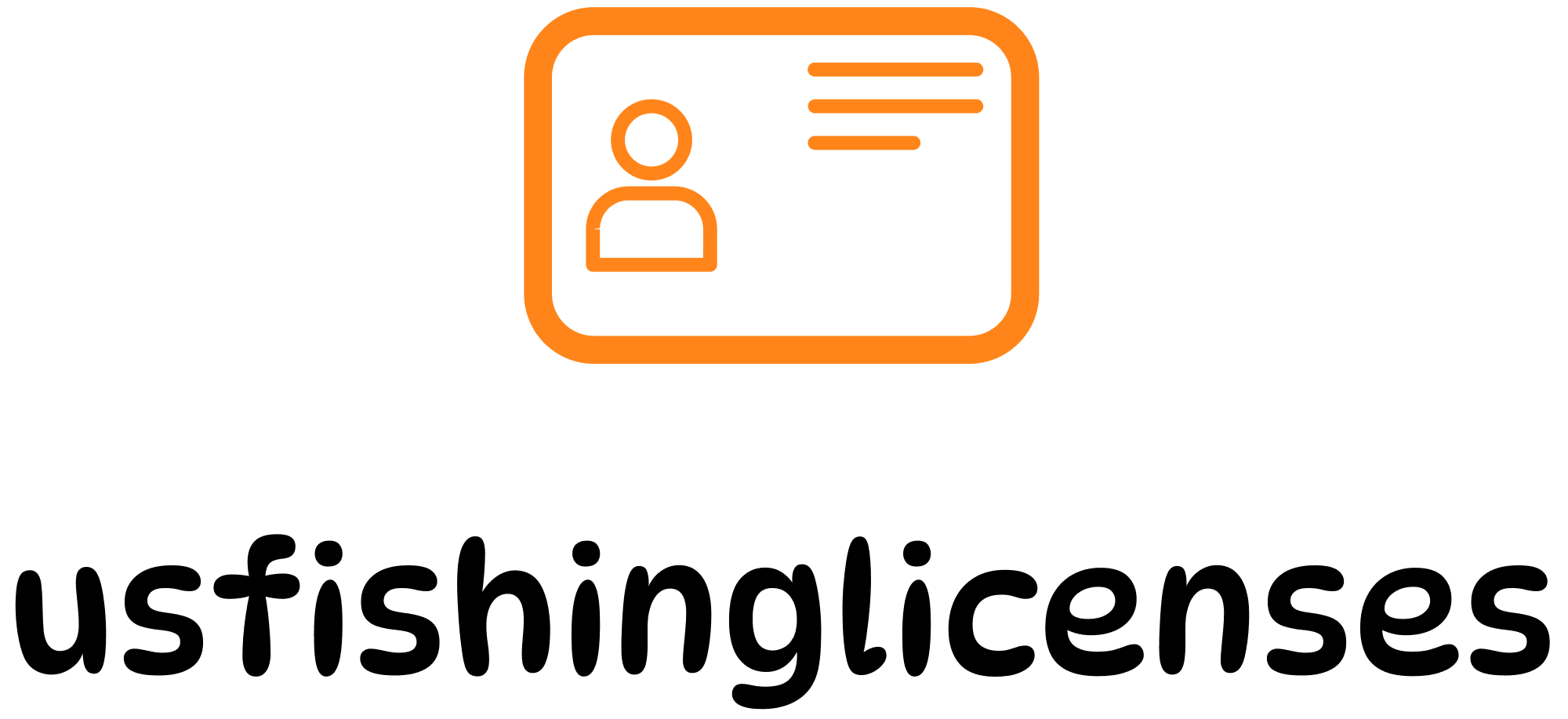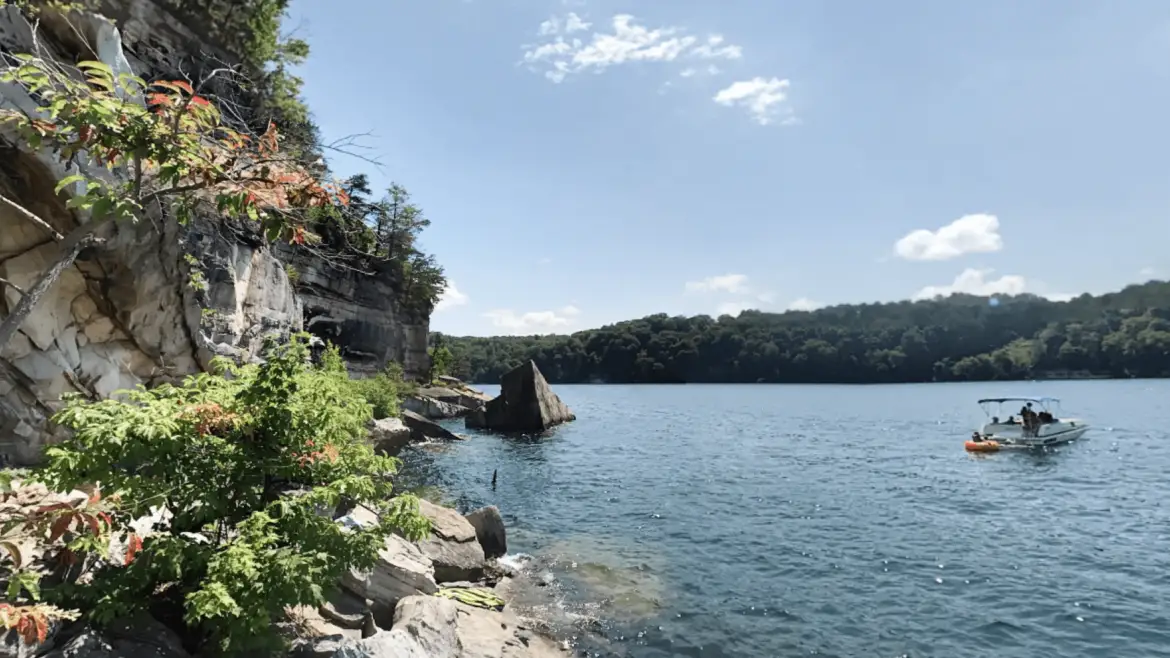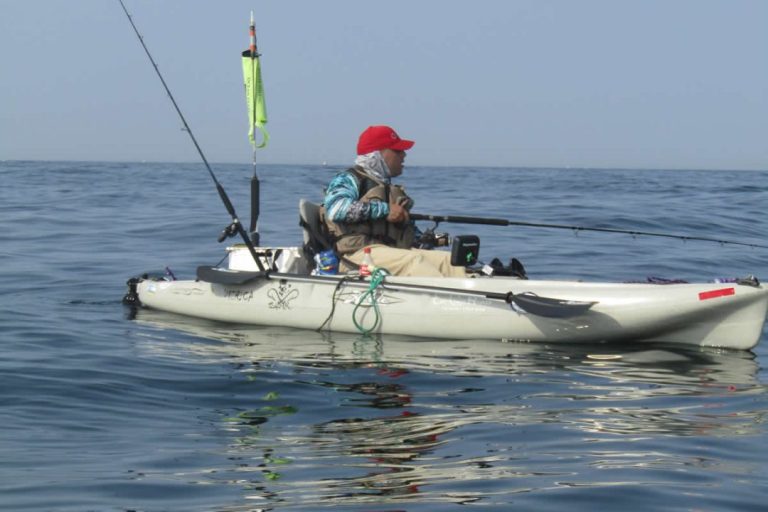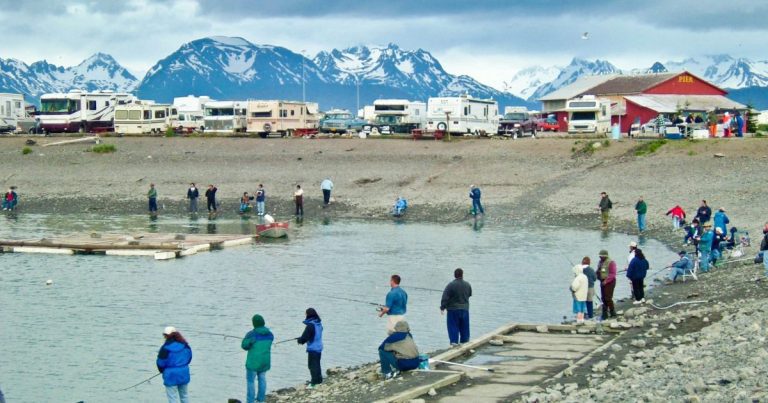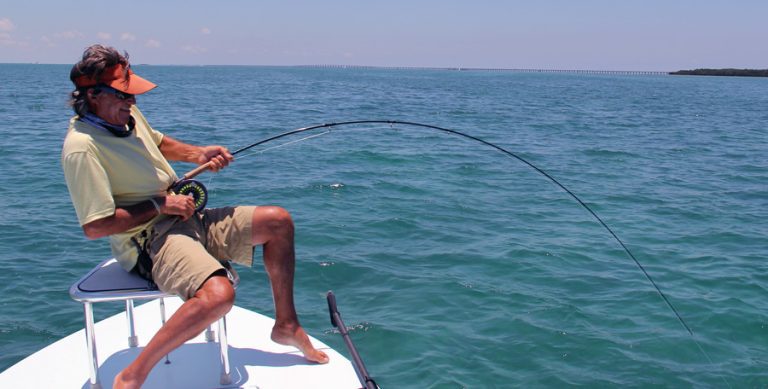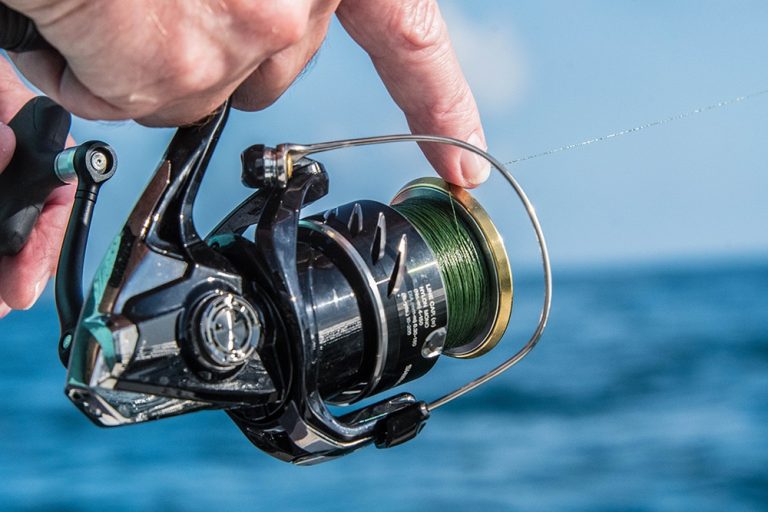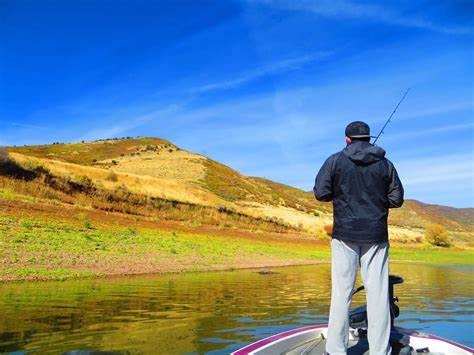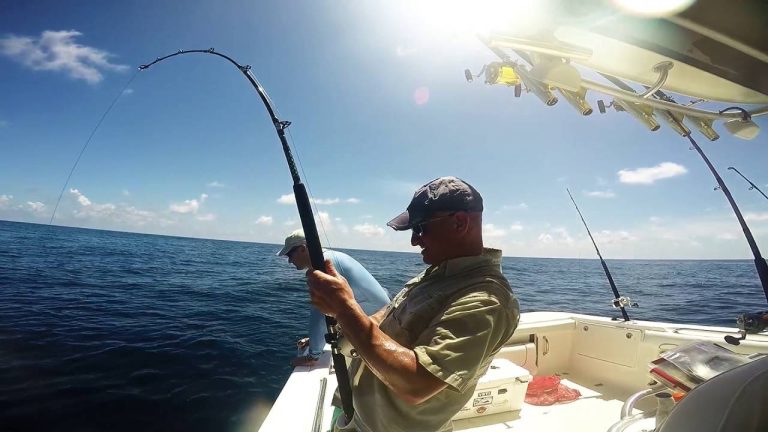Paddlefish snagging represents one of North America’s most unique fishing experiences, but it comes with specific regulations designed to protect this prehistoric species. Securing the proper permit is essential before heading out to target these distinctive fish, and requirements vary significantly by state. This comprehensive guide covers everything you need to know about paddlefish permits, seasons, and regulations across the top paddlefish fishing states.
State-Specific Paddlefish Permit Requirements
Each state maintains its own system for paddlefish permits, with substantial differences in cost, application methods, and season dates. Here’s what you need to know for the primary paddlefish fishing destinations:
Oklahoma Paddlefish Regulations
Oklahoma offers some of the country’s most accessible paddlefish opportunities, particularly in the northeastern part of the state. Key regulations include:
- Free paddlefish permit required for all anglers regardless of age or residency status
- Permits expire December 31st each year
- Electronic permits available through GoOutdoorsOklahoma.com or the Go Outdoors Oklahoma mobile app
- Annual limit of two paddlefish per angler
- Daily limit of one paddlefish (once you keep a fish, you must stop snagging for the day)
- Mandatory immediate tagging with angler’s customer ID number
- Catch must be reported within 24 hours using the online E-Check system
Oklahoma’s paddlefish fishery includes special area closures, including the Spring River from State Highway 60 bridge upstream to the Kansas line. Additionally, snagging is prohibited from 10 p.m. to 6 a.m. year-round east of I-35 and north of I-40, with limited exceptions.
For more information about Oklahoma fishing regulations, visit US Fishing Licenses – Oklahoma.
Iowa Missouri River Paddlefish Season
Iowa manages a limited paddlefish fishery with a more restrictive permit system:
- Season runs February 1 through April 30
- Limited number of licenses available (950 resident, 50 nonresident)
- Permit sales period: December 15 through January 7
- Resident license: $25.50; Nonresident license: $49
- Valid fishing license also required
- Purchase limit of two tags per angler
Iowa’s permit system operates during a specific application window, with licenses and tags mailed to purchasers by mid-January. The state also requires anglers to complete a post-season electronic survey to help evaluate the paddlefish season.
For additional fishing information in Iowa, check US Fishing Licenses – Iowa.
North Dakota Paddlefish Season
North Dakota offers a more structured season with alternating harvest and release days:
- 2025 season runs May 1-21 with potential early closure based on harvest
- Legal snagging hours: 7 a.m. to 7 p.m. Central Time
- Valid paddlefish tag required in addition to appropriate fishing license
- One tag per snagger (not transferable)
- Limited to Missouri River west of U.S. Highway 85 bridge to Montana border and Yellowstone River in North Dakota, with specific exclusions
North Dakota’s paddlefish regulations include detailed guidelines on tagging. Once you harvest a paddlefish, you can no longer snag for the remainder of the season—even during catch-and-release periods.
Visit US Fishing Licenses – North Dakota for more North Dakota fishing information.
Comparing Paddlefish Regulations By State
| State | Permit Cost | Season Dates | Daily/Annual Limit | Application Method |
|---|---|---|---|---|
| Oklahoma | Free | Year-round* | 1 daily, 2 annual | Online/App/Vendors |
| Iowa | $25.50 (R), $49 (NR) | Feb 1-Apr 30 | Limited by tags | Online during Dec 15-Jan 7 |
| North Dakota | Included with tag | May 1-21** | 1 per season | License vendors |
*Specific area and time restrictions apply
**Subject to early closure based on harvest
How to Apply for Paddlefish Permits
The application process varies by state, but generally follows these steps:
- Check residency requirements for your target state
- Determine application windows (especially important for limited-entry states like Iowa)
- Apply through official channels:
- Oklahoma: GoOutdoorsOklahoma.com or mobile app
- Iowa: Iowa DNR online license sales website
- Other states: State wildlife department websites
- Purchase required fishing license if not already held
- Review regulations carefully before fishing
For comprehensive fishing license information across all states, visit US Fishing Licenses.
Tagging and Reporting Requirements
Proper tagging and reporting are crucial for paddlefish conservation and management:
- Oklahoma: Tag immediately with customer ID number; report catch within 24 hours using E-Check
- North Dakota: Place tag through skin at base of dorsal fin and lock securely; tag must remain with any meat if fish is cut up
- All states: Keep tagged paddlefish separate from those caught by others
Some states have special regulations regarding paddlefish eggs. For example, Oklahoma limits possession to eggs from one paddlefish (attached to egg membrane) or no more than 3 pounds of processed eggs.
Special Considerations for Paddlefish Anglers
Several important regulations apply across multiple states:
- Hook restrictions: Many states allow only one single hook or one treble hook for snagging, with barbs often required to be removed or closed
- No culling: Generally, once a paddlefish is kept, it cannot be released and replaced with another
- Method restrictions: Some methods (like bowfishing) often prohibit catch-and-release
- Transportation regulations: Some states prohibit transporting unprocessed paddlefish eggs or require internal organs to be removed before leaving the state
Tips for a Successful Paddlefish Season
- Apply early for permits in states with limited availability
- Carry proper documentation (physical or electronic permits) while fishing
- Know the specific regulations for your fishing location
- Report your catch promptly as required by state regulations
- Practice proper catch-and-release techniques during designated periods
Conclusion
Paddlefish represent a unique angling opportunity, but their limited range and vulnerability to overfishing necessitate specialized permits and regulations. By understanding the permit requirements and following all regulations, anglers can help ensure the sustainability of this remarkable species for future generations.
For the most current information, always check with the appropriate state wildlife agency before planning your paddlefish fishing trip, as regulations may change annually.
